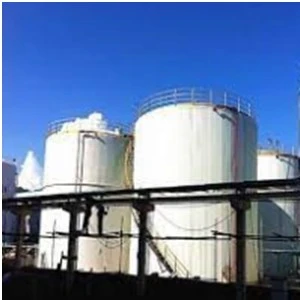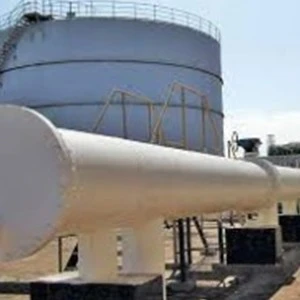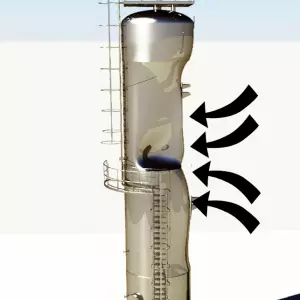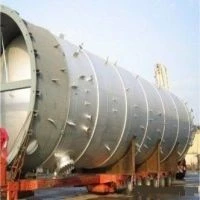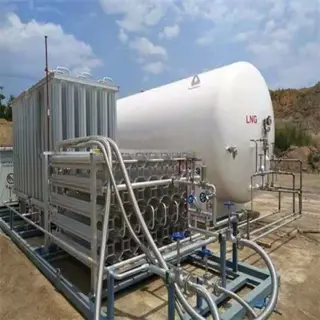Corrosion Protection Coating for Oil Tanks
1. Critical Quality Control Measures in the Construction of Anticorrosive Coatings for Oil Tanks Preparation Stage before Construction: Before commencing the construction of anticorrosive coatings on oil storage tanks, thorough preparations are essential to enhance construction quality and mitigate potential issues. Initially, conduct a comprehensive observation of the tank's surface, focusing on areas exhibiting rust. Perform a detailed investigation and analysis to determine the degree of...






